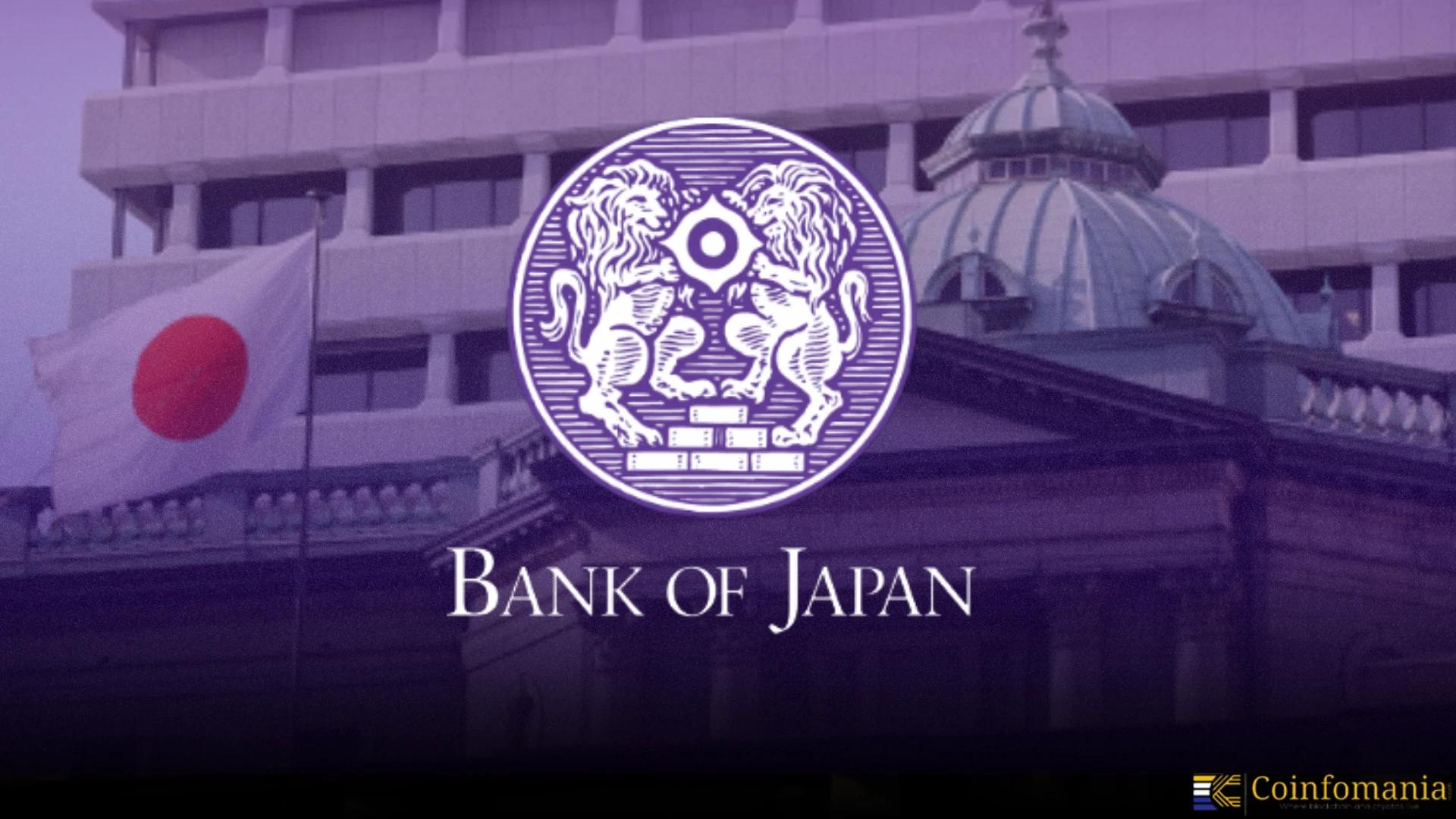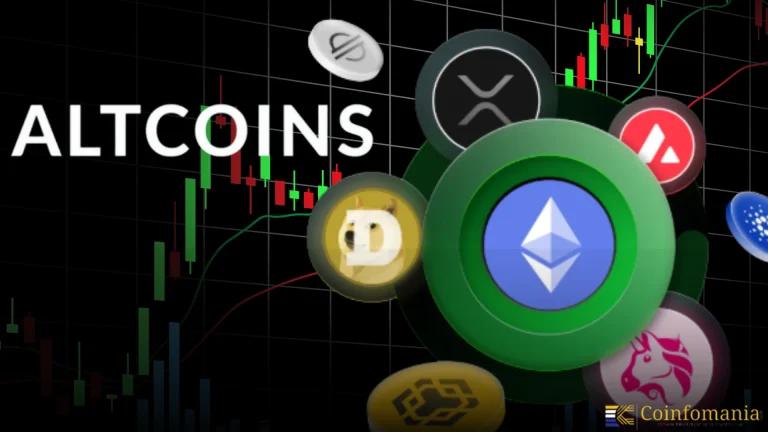Japan Consumer Index Falls Third Month as Markets Eye BoJ and Crypto Impact
Japan’s consumer activity weakens again in May as Bank of Japan policy watchers eye crypto amid slowing real spending.

Quick Take
Summary is AI generated, newsroom reviewed.
Japan’s real consumption index fell 0.3% in May 2025, signaling soft household demand despite nominal gains.
Durable goods spending cooled sharply after an early-year spike, while services saw modest recovery.
Crypto markets may benefit if weak data pressures the BoJ to stay dovish, weakening the yen and pushing risk-seeking capital into digital assets.
Japan’s consumer spending is showing signs of fatigue heading into mid-2025. The latest Bank of Japan data revealed a third straight monthly decline in the country’s key consumption index. The slide has raised fresh concerns about domestic demand and what it means for monetary policy, and risk assets like crypto.
The Bank of Japan’s Consumption Activity Index is released on July 7. It showed a 0.3% drop in May, marking the third monthly decline in a row. While not a collapse, the trend reflects persistent weakness in household demand despite gradual gains in nominal spending.
Adjusted for travel income, the real index has struggled to stay above the 100 benchmark (which reflects 2015 levels). May’s reading comes after a 0.5% dip in April and a flat reading in March. The picture suggests Japan’s post-pandemic recovery is running low on steam, particularly in inflation-adjusted terms.
Durables Volatile, Essentials Soft
Breaking down the data, durable goods, think cars, appliances, and electronics, have been on a rollercoaster. The index for durables spiked to 111.8 in February but has since fallen to 106.3 in May. This suggests some consumers may have front-loaded big purchases earlier in the year.
Non-durable goods like food and daily essentials have trended lower. From January 2024 to May 2025, the index dropped from 92.3 to 89.9. That’s not just a sign of cautious spending. It also hints that households may be feeling pressure from inflation, even as headline prices appear stable.
Services consumption has been the relative bright spot. Buoyed by recovering travel and hospitality, the services index rose from 101.6 to 106.4 during the same period. But even this segment has yet to return to full strength, and momentum is beginning to cool.
Nominal Gains Mask Real Weakness
On paper, the nominal index looks far better, climbing from 107.4 in January 2024 to 114.5 by May 2025. But strip out inflation, and real consumption barely budged, from 97.6 to 99.7 in that time. It’s a quiet warning: households may be spending more yen, but they’re getting less for it.
This mismatch between nominal and real spending reinforces concerns that inflation is eroding purchasing power. It’s an even bigger issue in Japan, where wage growth continues to lag behind much of the world.
What It Means for the BoJ
The soft consumption trend puts the Bank of Japan in a bind. The central bank has only recently begun pivoting away from ultra-loose policy. Which is experimenting with gradual rate hikes and adjustments to its yield curve control framework. But with personal consumption making up about 60% of GDP, sustained weakness could delay the BoJ’s tightening plans.
If growth looks wobbly, investors may start betting on a more dovish tone at the next monetary policy meeting. Bond yields could slip, the yen may soften further, and markets could once again lean on riskier alternatives like crypto.
Crypto as a Macro Hedge
While consumer sentiment in Japan may seem distant from the world of Bitcoin and Ethereum. However, this isn’t as far-fetched as it sounds. Japan is one of the most important economies in the Asia-Pacific region, and shifts in its policy stance often influence global liquidity flows.
If weak consumption data nudges the BoJ to hold off on tightening or even consider stimulus. Investors may look to hedge against further currency weakness. That could benefit crypto, especially as traders search for non-sovereign assets that offer upside during periods of monetary drift.
In recent months, Bitcoin’s price action has shown sensitivity to central bank policy signals. A weaker yen and dovish BoJ hints could fuel renewed interest in crypto in East Asian markets.
The Consumer Curve Ahead
With summer approaching, analysts will be watching Japan’s next round of inflation, wage, and retail data closely. If the current slide in the consumption index continues, it could force a rethink of both policy and portfolio strategies. And as always, where traditional policy waivers, crypto narratives tend to rise.
Follow us on Google News
Get the latest crypto insights and updates.


